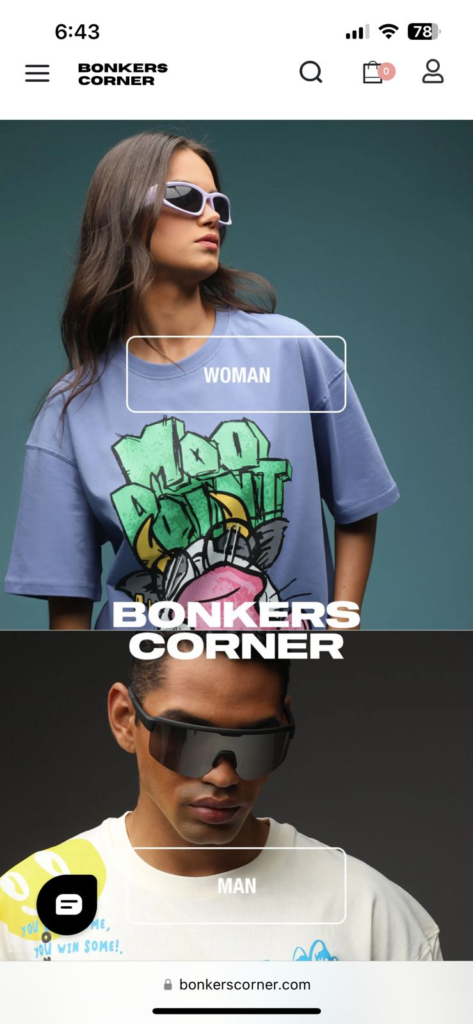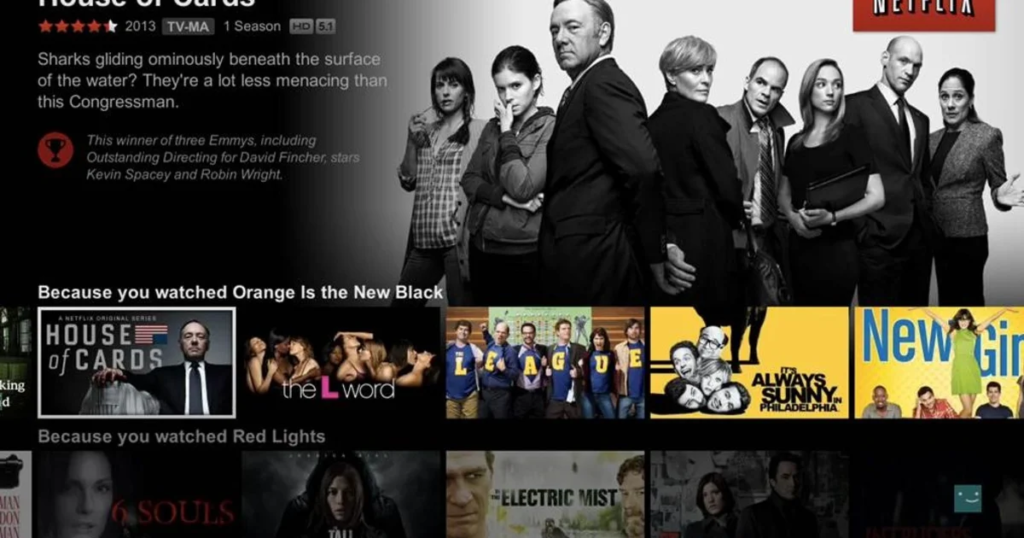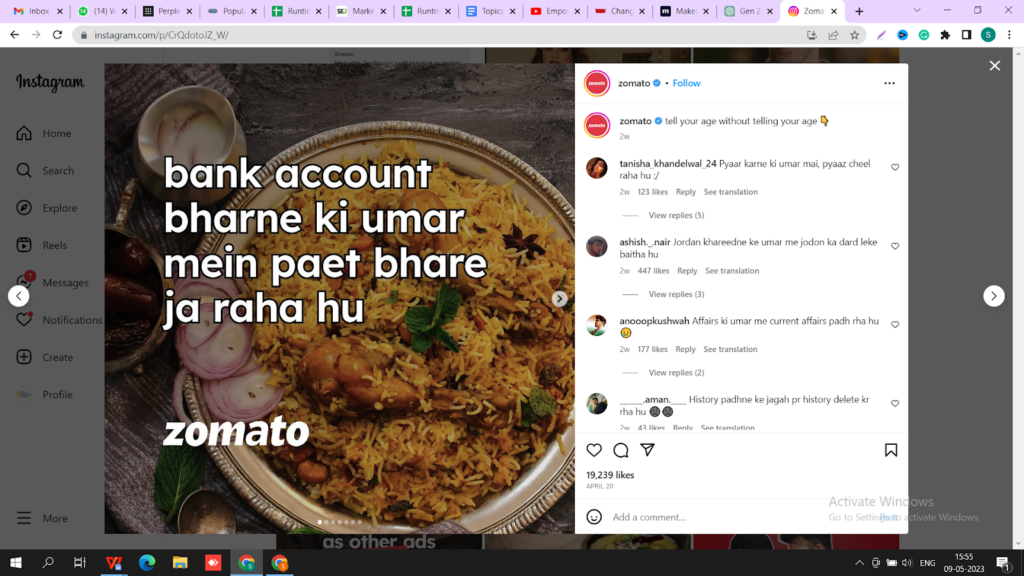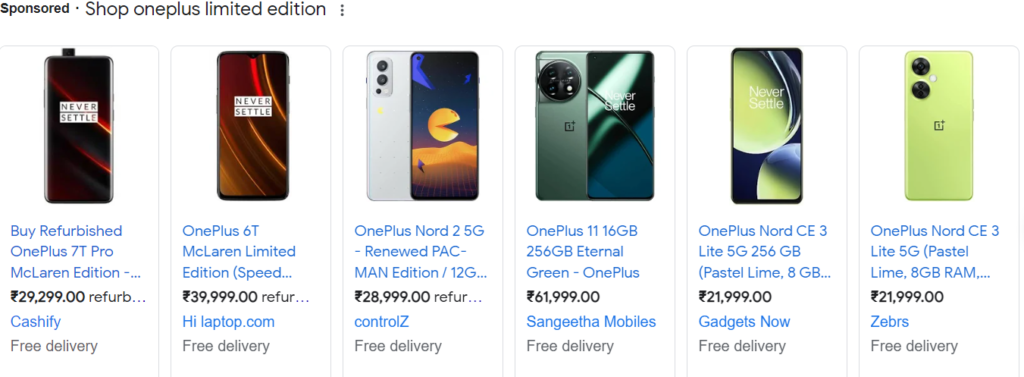Introduction:
Get ready to revolutionize your digital strategy and tap into the immense potential of Generation Z marketing! Gen Z, the vibrant and influential age group born in 1997 or later, is taking the consumer world by storm. In fact, Business Insider reveals that Gen Z is surpassing Millennials as the largest living generation, making up a whopping 40 percent of global consumers. With their growing population and a staggering $143 billion in spending power, Gen Z has become a force to be reckoned with, demanding tailored marketing strategies. Buckle up and get ready to dive into the world of Gen Z marketing as we unveil the secrets to engaging these young consumers, building unwavering brand loyalty, and propelling your business to new heights!
The Language of the Digital Natives
Gen Zers have rewritten the rulebook of engagement, and it’s time for brands to listen and adapt. They are the generation that grew up with smartphones in their hands, seamlessly navigating the digital landscape. To capture their attention and win their hearts, brands must not only understand their preferences but also speak their language on the platforms they love. In this fast-paced digital era, it’s crucial to revamp your marketing campaigns and seize the opportunity to engage, connect, and resonate with Gen Z. Here are several Generation Z marketing strategies to help you Prepare to unleash the power of social media and redefine your marketing strategy for 2023 and beyond!
1. Embrace Mobile-Friendliness:
Optimize your website and content for mobile devices to cater to Gen Z’s smartphone-centric lifestyle.
Example: One of the fastest-growing fashion brands, Bonkers, offers a user-friendly mobile app that allows Gen Zers to shop conveniently on their phones, boosting engagement and sales.


2. Be Platform-Savvy
Tailor your content for each social media platform Gen Z frequents, such as Instagram, Snapchat, Twitter, and YouTube.



Example: Nike is a prime example of a brand that understands and connects with Generation Z by tailoring content for Instagram, Snapchat, Twitter, and YouTube, effectively reaching and captivating young consumers across multiple platforms. Snapchat – Nike white sparkle Lens
3. Cultivate Social Media Presence:
Build strong and authentic social media profiles that resonate with Gen Z’s interests and values.
Example: Mamaearth and Wow skin science India, are beauty brand, that uses Instagram reels and product reviews to showcase their products and connect with Gen Z’s desire for authentic and relatable content.


4. Harness the Power of Video:
Create engaging videos to capture Gen Z’s attention and promote your brand across platforms.
Example: The Levi’s Buy Better, Live Longer campaign exemplifies this idea by crafting a video specifically tailored for Gen Z, which achieved a strong reach among the target audience.
5. Collaborate with Gen Z Influencers:
Partner with Gen Z influencers to reach a wider audience and establish credibility among young consumers.
Example: Lenskart, the eyewear industry innovator, has tapped into the influential power of top celebrities and micro-influencers to captivate Gen Z. Collaborating with icons like Katrina Kaif, Bhuvan Bam, and Karan Johar, Lenskart has successfully transformed glasses into a fashion must-have. By leveraging the reach and appeal of these influencers, Lenskart has resonated with Gen Z’s modern and eclectic tastes, solidifying its position as a trendsetter in the eyewear industry.

6. Showcase Social Responsibility:
Demonstrate your brand’s commitment to social causes that resonate with Gen Z’s values.


Example: H&M’s Bring It campaign showcases its commitment to social responsibility and sustainability. As part of this initiative, H&M encourages customers to participate in their cloth recycling program. By bringing in old garments to any H&M store, customers not only contribute to reducing textile waste but also receive a discount voucher for their next purchase. Through the Bring It campaign, H&M empowers Gen Z shoppers to make a positive impact on the environment and promote a more sustainable fashion industry.
7. Personalize Content and Messaging:
Speak directly to Gen Z by delivering personalized content that feels authentic and relatable.
Example: Netflix’s personalized recommendation algorithm caters to Gen Z’s interests by analyzing their viewing history and preferences. This tailored approach helps Gen Z discover content they love, enhancing their streaming experience. By understanding its audience and delivering authentic and relatable content, Netflix captivates Gen Z viewers, gaining their attention and loyalty.

8. Spark User-Generated Content:
Encourage Gen Z to create and share content related to your brand, fostering a sense of community and amplifying your reach.
Example: Lays’ #SmileDekeDekho campaign encouraged their audience to create and share content by featuring influencer smiles on their chip wrappers. This personalized approach fostered exclusivity and excitement, turning consumers into brand ambassadors. The campaign generated captivating user-generated content and created a buzz among Gen Z.

9. Leverage Memes and Pop Culture:
Stay current with the latest memes and trends to connect with Gen Z’s humor and cultural references
Example: Zomato, India’s top food delivery platform, knows the power of memes and trends when connecting with Gen Z. Their social media channels are filled with hilarious and relatable content that Gen Z loves. By staying on top of the latest memes, Zomato creates a strong brand voice that grabs the attention of young consumers and keeps them engaged.


10. Foster User Reviews and Recommendations:
Encourage Gen Z to share their experiences and opinions about your products or services, leveraging the power of social proof.
Example: Companies like Amazon, Flipkart, and Myntra feature customer reviews and ratings prominently, allowing Gen Z to make informed purchase decisions and fostering trust in the brand.

11. Provide Interactive Experiences:
Offer interactive features or augmented reality experiences to engage Gen Z in a unique and immersive way.
Example: IKEA, introduced an AR feature in their mobile app that allows users to virtually place furniture and decor items in their own space. This interactive experience helps users visualize how IKEA products would look in their homes, aiding in the decision-making process and boosting confidence in their purchases.

12. Create Limited Edition and Exclusive Offers:
Appeal to Gen Z’s desire for exclusivity by releasing limited edition products or offering exclusive discounts and promotions.
Example: OnePlus, the popular smartphone brand, captivates Gen Z with limited edition releases. By launching unique designs and collaborations, they create exclusivity and desirability, driving up demand among Gen Z consumers.

Conclusion
In conclusion, mastering the art of Gen Z marketing is crucial for businesses looking to thrive in today’s digital landscape. By understanding the unique preferences and behaviors of Gen Z, brands can create winning strategies that resonate with this influential generation. From embracing mobile-friendliness and cultivating a strong social media presence to leveraging influencers, personalizing content, and fostering user-generated content, the possibilities are endless. By staying agile, adapting to emerging trends, and continuously innovating, businesses can connect with Gen Z in meaningful ways, building brand loyalty and propelling their success into the future.
So, gear up, embrace the power of social media, and get ready to captivate the hearts and minds of Gen Z consumers. The future of marketing is here, and it’s time to make your mark!
